Table of content
- 1 The Star of the Show: Spanish Mackerel
- 2 The Secret to Silky Filling: Pork Fat
- 3 Aromatic Enhancements
- 4 The Dough: Simplicity Meets Precision
- 1 Deboning and Flaking the Fish
- 2 Creating the Flavor Base
- 3 Incorporating Aromatics
- 4 Testing the Seasoning
- 1 Mixing and Kneading
- 2 Resting the Dough
- 1 Rolling the Wrappers
- 2 Filling and Shaping
- 1 Boiling (The Classic Approach)
- 2 Pan-Frying (Potstickers)
- 1 Vegetarian Adaptations
- 2 Spicy Kick
- 3 Colorful Wrappers
- 1 Soggy Bottoms
- 2 Tough Wrappers
- 3 Dry Filling
Introduction
Spanish mackerel dumplings, known as bàyú jiǎozi in Mandarin, are a cherished culinary treasure originating from China’s Shandong province. These delicate parcels of joy combine the briny sweetness of Spanish mackerel with the aromatic richness of fresh herbs and spices, all encased in a tender, hand-rolled dough. While their preparation may seem intricate, mastering this dish rewards home cooks with a taste of coastal tradition and a deeper appreciation for the art of Chinese dumpling-making. This comprehensive guide will walk you through every stage of the process, from selecting the finest ingredients to perfecting the final boil or pan-fry. Whether you’re a seasoned chef or a curious novice, this recipe promises to elevate your kitchen skills while delivering a meal that delights the senses.
Chapter 1: Understanding the Ingredients
1 The Star of the Show: Spanish Mackerel
Spanish mackerel (Scomberomorus niphonius) is a prized fish in East Asian cuisine, celebrated for its firm, oily flesh and mild, sweet flavor. When selecting your fish, prioritize freshness—look for clear eyes, bright red gills, and a metallic sheen on the skin. If fresh catch is unavailable, frozen fillets may suffice, but ensure they are thoroughly thawed and patted dry before use.
Key Tip: Remove the dark bloodline running along the fillet’s lateral line, as it can impart a bitter taste.
2 The Secret to Silky Filling: Pork Fat
A small amount of pork fat (or lard) is non-negotiable for achieving the dumplings’ signature velvety texture. It binds the ingredients while adding a subtle richness that balances the fish’s leanness. Opt for fresh, unsmoked back fat or fatty pork shoulder, finely minced or ground.
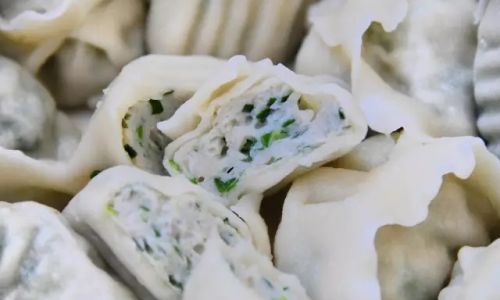
3 Aromatic Enhancements
- Spring Onions (Scallions): Finely chopped green and white parts for freshness.
- Ginger: Freshly grated or juiced to neutralize fishy odors.
- Cilantro: Chopped leaves for a herbaceous lift.
- Shaoxing Wine: A rice wine that imparts depth without alcohol bite.
- White Pepper: A pinch for warmth, avoiding the harshness of black pepper.
4 The Dough: Simplicity Meets Precision
- All-Purpose Flour: 500 grams (4 cups) for a soft, pliable dough.
- Water: 240–260 ml (1 cup), lukewarm to activate gluten.
- Salt: ½ teaspoon to enhance flavor and dough elasticity.
Pro Tip: Use a ratio of 10:5 flour-to-water by weight for optimal consistency.
Chapter 2: Preparing the Filling
1 Deboning and Flaking the Fish
- Fillet the mackerel, discarding skin and bones. Use tweezers to remove any stray pin bones.
- Flake the flesh with a fork, ensuring no large chunks remain. Overmixing will toughen the filling, so aim for a coarse, shredded texture.
2 Creating the Flavor Base
In a large mixing bowl, combine:
- 400g flaked mackerel
- 100g minced pork fat
- 2 tbsp Shaoxing wine
- 1 tbsp grated ginger (or 1 tsp ginger juice)
- 1 tbsp light soy sauce
- 1 tsp sesame oil
- 1 tsp white pepper
- 1 tsp sugar
- 1 egg white (for binding)
Method: Gently fold the ingredients using a rubber spatula or clean hands. Avoid aggressive stirring, which can bruise the fish and release excess moisture.
3 Incorporating Aromatics
Add:
- ½ cup finely chopped spring onions (both green and white parts)
- ¼ cup chopped cilantro
- 1 tbsp toasted sesame seeds (optional, for crunch)
Mix until just combined. The filling should hold together when pressed but remain airy.
4 Testing the Seasoning
Fry a small patty of the mixture in a pan and taste. Adjust salt, pepper, or ginger as needed. Remember that the dough will mellow flavors, so err on the side of slight over-seasoning.
Chapter 3: Mastering the Dough
1 Mixing and Kneading
- In a large bowl, whisk flour and salt.
- Gradually add water, stirring with chopsticks until a shaggy dough forms.
- Turn onto a lightly floured surface and knead for 8–10 minutes until smooth and elastic. The dough should spring back when pressed.
Visual Cue: The surface should develop a satin-like sheen, indicating gluten development.
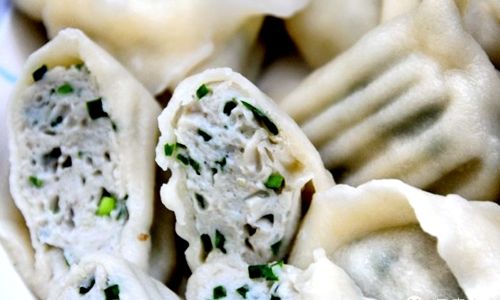
2 Resting the Dough
Wrap the dough in plastic wrap and let it rest at room temperature for 30–60 minutes. This allows gluten strands to relax, making the dough easier to roll.
Pro Tip: For a quicker turnaround, rest the dough in the refrigerator for 2 hours, but bring it to room temperature before rolling.
Chapter 4: Assembling the Dumplings
1 Rolling the Wrappers
- Divide the dough into 4 equal pieces. Roll each into a log (2cm/0.8in diameter).
- Cut each log into 12–15 pieces (totaling 48–60 wrappers).
- Dust each piece with flour and flatten into a disc using your palm.
- Using a small rolling pin, roll each disc into a 9cm (3.5in) circle, thinner at the edges than the center.
Key Technique: The “pinch-and-turn” method ensures even thickness. Hold the wrapper on one edge, roll the pin away from you, then rotate the wrapper slightly. Repeat.
2 Filling and Shaping
- Place 1 heaping tablespoon of filling in the center of a wrapper.
- Dip a finger in water and moisten half the wrapper’s edge.
- Fold the wrapper in half, pressing to seal. Use a pleating technique for a decorative edge:
- Method 1: Create 4–5 pleats on one side, pressing them onto the flat side.
- Method 2: For a crescent shape, pinch and fold the dough repeatedly while sealing.
Avoid: Overfilling, which causes bursting, or under-sealing, which allows juices to escape during cooking.
Chapter 5: Cooking Methods
1 Boiling (The Classic Approach)
- Bring a large pot of water to a rolling boil. Add a pinch of salt.
- Gently lower 12–15 dumplings into the water using a slotted spoon.
- Stir once to prevent sticking. Cook for 4–5 minutes until they float and the wrappers are translucent.
- Remove with a slotted spoon, draining excess water.
Serving Suggestion: Pair with black vinegar dipping sauce (1:1 ratio with soy sauce, plus chili oil and minced garlic).
2 Pan-Frying (Potstickers)
- Heat 2 tbsp vegetable oil in a non-stick pan over medium heat.
- Arrange dumplings flat-side down in a single layer. Fry for 2–3 minutes until golden.
- Add ¼ cup water, cover, and steam for 6–8 minutes.
- Uncover and cook until water evaporates and bottoms crisp.
Crispy Texture Hack: For extra crunch, mix 1 tbsp cornstarch with the water before steaming.
Chapter 6: Variations and Modern Twists
1 Vegetarian Adaptations
Replace fish with:
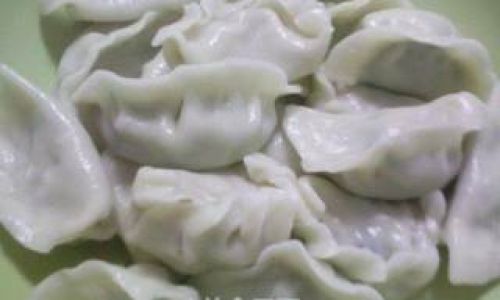
- Finely chopped mushrooms (shitake or oyster) sautéed with soy sauce.
- Grated tofu mixed with diced water chestnuts for texture.
2 Spicy Kick
Add 1–2 tbsp chili oil or 1 tsp Sichuan peppercorn powder to the filling.
3 Colorful Wrappers
Incorporate natural dyes:
- Green: Steamed spinach puree (replace 10% of water).
- Orange: Carrot juice (replace 15% of water).
Chapter 7: Troubleshooting Common Issues
1 Soggy Bottoms
- Cause: Insufficient pan-frying time or excess moisture in filling.
- Fix: Increase initial frying time and ensure filling is well-drained.
2 Tough Wrappers
- Cause: Overkneading or insufficient resting.
- Fix: Let dough rest longer and handle gently during rolling.
3 Dry Filling
- Cause: Overcooking or insufficient fat.
- Fix: Add 1–2 tbsp chicken stock or melted butter to the mixture.
Chapter 8: Cultural Significance and Pairings
In Shandong, Spanish mackerel dumplings are a symbol of prosperity, often served during Lunar New Year or family reunions. Pair them with:
- Chilled Cucumber Salad: Balances richness with crisp freshness.
- Pickled Daikon: Adds acidity to cut through the dumplings’ richness.
- Green Tea: A palate-cleansing beverage to highlight subtle flavors.
Conclusion
Crafting Spanish mackerel dumplings is a labor of love that connects modern cooks to centuries of tradition. While the process demands patience, the result—a symphony of textures and flavors—is undeniably rewarding. Experiment with fillings, shapes, and cooking methods to make this dish your own. Whether shared around a festive table or enjoyed as a solitary indulgence, these dumplings embody the joy of culinary craftsmanship. So, roll up your sleeves, embrace the rhythm of dough and filling, and savor the fruits of your labor. Your taste buds—and your heritage—will thank you.
Final Tip: Freeze uncooked dumplings on a tray, then transfer to a sealed bag. Cook directly from frozen, adding 2–3 minutes to the boiling time.
Word Count: 1,742
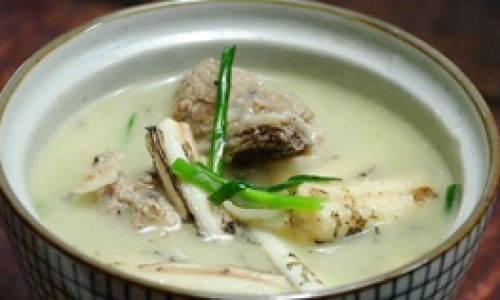
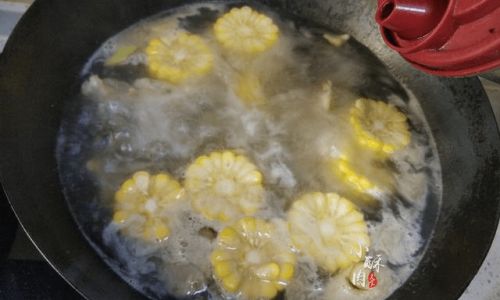
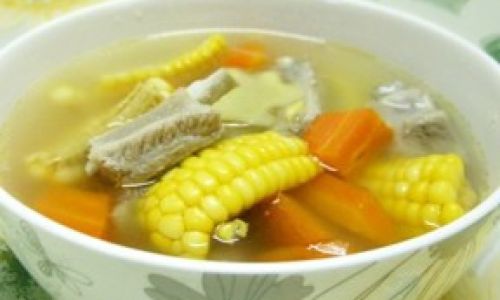
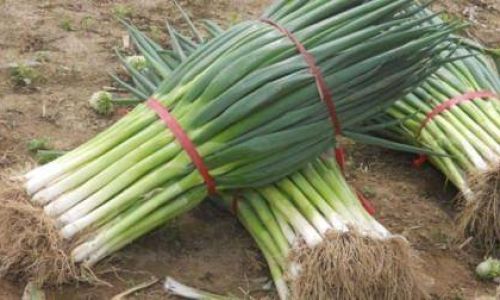
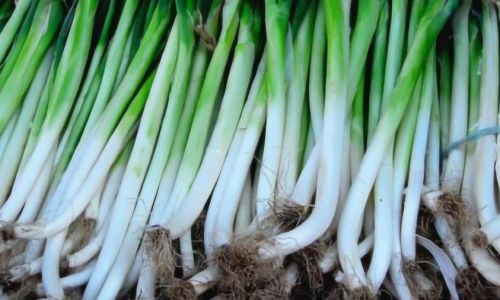
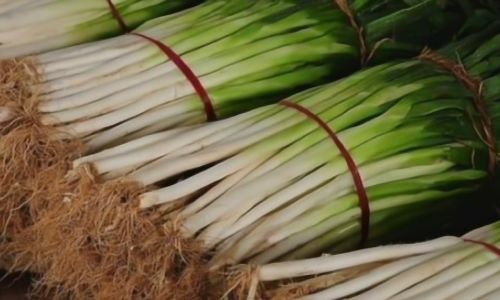
0 comments